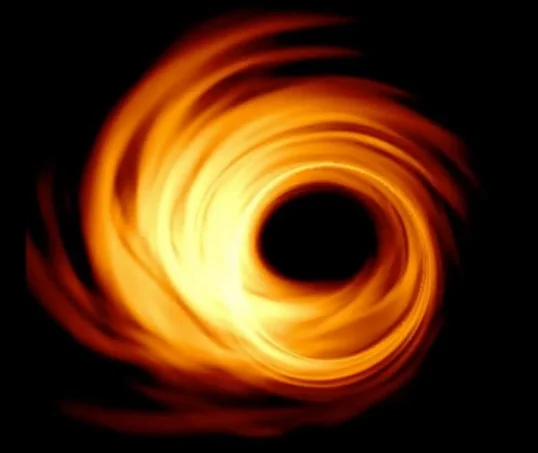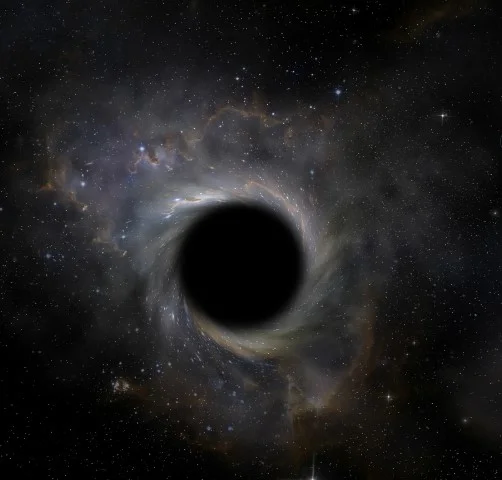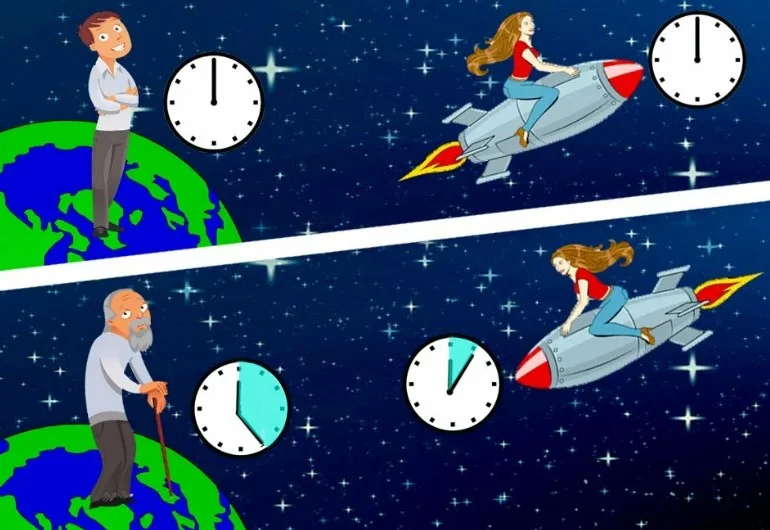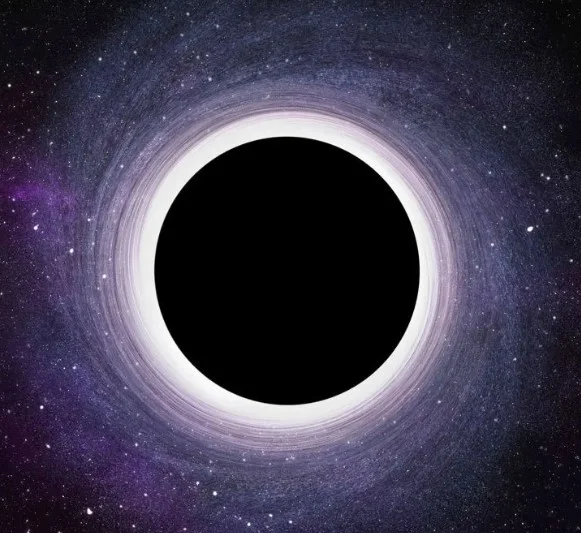Exploring the vast reaches of our universe, one cannot escape the captivating allure of black holes. These enigmatic cosmic entities, born from the collapse of massive stars, wield gravitational forces so intense that not even light can escape their grasp. In this exploration, we delve into the fundamental aspects of black holes, unraveling the mysteries that shroud these cosmic phenomena.
The Birth of Darkness: How Black Holes Form
At the heart of understanding black holes lies their fascinating origin. When massive stars exhaust their nuclear fuel, they undergo gravitational collapse, forming a singularity—a point of infinite density. This singularity is surrounded by the event horizon, a boundary beyond which nothing can escape the black hole’s gravitational pull.

Star Collapse: The Genesis of Black Holes
To comprehend the birth of black holes, we must first explore the life cycle of massive stars. As these celestial giants run out of fuel, gravity takes over, causing a collapse that leads to the formation of a black hole.
Event Horizon: The Cosmic Point of No Return
The event horizon, akin to an invisible cosmic barrier, defines the boundary of a black hole. Anything that crosses this threshold is destined to be swallowed by the immense gravity, disappearing from our observable universe.

The Dance of Time: Time Dilation near Black Holes
Einstein’s theory of relativity plays a pivotal role in understanding the peculiar temporal effects near black holes. As objects approach the event horizon, time itself becomes distorted—a phenomenon known as time dilation.
Time Dilation Unveiled

Time dilation occurs when an object experiences time at a different rate than an observer in a different gravitational field. As one gets closer to a black hole, the gravitational pull intensifies, resulting in a slowdown of time relative to distant observers.
Implications for Time Travel
The interplay between black holes and time dilation fuels speculations about time travel. While the practicality remains uncertain, the theoretical foundations suggest the potential manipulation of time near these cosmic behemoths.
Supermassive Black Holes: Galactic Giants
Beyond the stellar remnants giving rise to stellar black holes, galaxies harbor supermassive black holes at their centers. These cosmic giants, with masses millions to billions of times that of our sun, influence galactic structures and dynamics.

Galactic Harmony: Supermassive Black Holes at the Helm
Supermassive black holes, residing at galactic centers, wield gravitational influence over stars and gas clouds, shaping the very fabric of their host galaxies.
Observational Marvels: Peering into Galactic Cores
Advancements in observational technologies, such as the Event Horizon Telescope, have enabled scientists to capture unprecedented images of supermassive black holes, enhancing our understanding of their role in the cosmic tapestry.
Black Holes in Popular Culture: Bridging Science and Fiction
The captivating nature of black holes extends beyond scientific realms, infiltrating popular culture through movies, TV shows, and literature.
Cosmic Icons on the Silver Screen
From “Interstellar” to “The Black Hole,” filmmakers have utilized the mystique of these cosmic anomalies to craft compelling narratives that captivate audiences worldwide.
Navigating Fact and Fiction
While cinematic portrayals often take creative liberties, the intersection of science and fiction opens avenues for broader public engagement with complex astrophysical concepts.
Navigating the Cosmic Abyss: What Lies Beyond?
As we unravel the intricacies of black holes, the question persists: What lies beyond the event horizon? The singularity, where known laws of physics break down, remains a cosmic mystery yet to be fully deciphered.
Probing the Unseen: Mysteries Within Black Holes
The heart of a black hole, the singularity, challenges our understanding of the cosmos. It represents a point where conventional physics loses its grip, leaving us with unanswered questions about the nature of spacetime.
The Cosmic Odyssey Continues
Our exploration of black hole basics merely scratches the surface of this cosmic enigma. As we continue to push the boundaries of astrophysical knowledge, the mysteries within and beyond black holes beckon scientists and enthusiasts alike.
FAQs
Q: Can anything escape a black hole’s gravitational pull?
A: No, once an object crosses the event horizon, it is inevitably drawn into the black hole, unable to escape.
Q: How do black holes influence time?
A: The intense gravitational field near a black hole causes time dilation, slowing down time for an observer close to the event horizon.
Q: What is the significance of supermassive black holes in galaxies?
A: Supermassive black holes play a crucial role in shaping galactic structures and influencing the movement of stars and gas within a galaxy.












